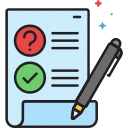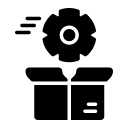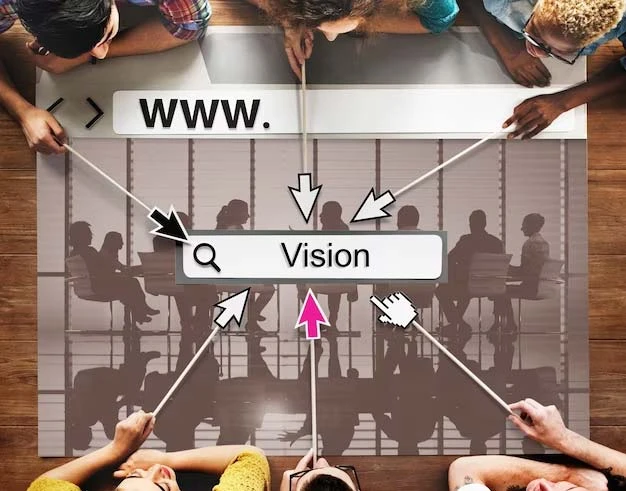Web Portal Development Steps
-
 Planning
PlanningWe start creating a web portal by examining your business needs, considering relevant regulatory limitations, gathering and processing project stakeholders' comments and expectations, and developing detailed portal requirements and technical specifications.
-
 Design
DesignWe develop the portal architecture and produce UX / UI designs.
-
 Iterative development
Iterative developmentOur team will develop and deliver the web portal's back end, front end, and APIs in quick iterations, with major releases every 2-4 weeks. Portal integration with other software We integrate web portal software with your existing custom or platform-based tools and systems, such as ERP, CRM, PDM, MES, HIE, and LMS.
-
 Portal integration with other software
Portal integration with other softwareWe start creating a web portal by examining your business needs, considering relevant regulatory limitations, gathering and processing project stakeholders' comments and expectations, and developing detailed portal requirements and technical specifications.
-
 QA and testing
QA and testingThe QA team examines portal requirements, user stories, and architectural design to ensure high-quality test planning. Then, in parallel with development, our QA team ensures that your web portal functions as planned, meets all standards, and validates the security of your data. Wherever possible, we use test automation to save testing time and costs.
-
 Deployment and setup
Deployment and setupWe get the portal in your IT environment, train your support personnel as needed, and give user guides.
-
 After-release support
After-release supportFor 1-3 months, we respond to your post-release queries and manage problems, configuration changes, and upgrades.
-
 Ongoing monitoring (optional)
Ongoing monitoring (optional)We handle web portal performance management, troubleshooting, evolution, and change management to ensure your portal remains highly available and relevant to your demands.


Laying the Foundation for Great User Experience
Each web portal is a one-of-a-kind solution designed specifically for the needs of a single firm, and it frequently combines the functionality of two or three different portal types. And, while the functionality and design of a portal are considered separately, certain qualities are always specified in functional and non-functional criteria since they are critical to user experience.
Convenient user onboarding
- Step-wise registration process.
- User identity verification.
- Two-factor authentication to protect confidential data.
- E-signature management.
- A possibility to upload digital documents.
Reliability and security
- Scalability allows for an increasing number of users and data.
- High performance ensures that users have quick access to the material and tools.
- Compliance with local rules and regulations (such as HIPAA compliance for storing and processing PHI).
- Encrypted transfer and storage of login credentials and sensitive data.
Diverse user engagement
- Mobile-friendly, adaptive web design.
- Interactive tools like feedback forms, calculators, and contact forms.
- Content personalization is based on the user roles and interaction history.
- Media-rich pages are displaying embedded media, uploaded directly or hosted via YouTube, Vimeo, and other websites.
- Straightforward website navigation
Easy content management
- All types of content pages: searchable product/service catalogs, real-time pricing and inventory viewing, multimedia galleries, blogs, etc.
- Drag-and-drop page builder.
- Unified content publishing styles to bring order to information and ensure integrity during the portal updates.
- User-generated content.
- Content versioning and scheduled publishing.
CALL BACK



















